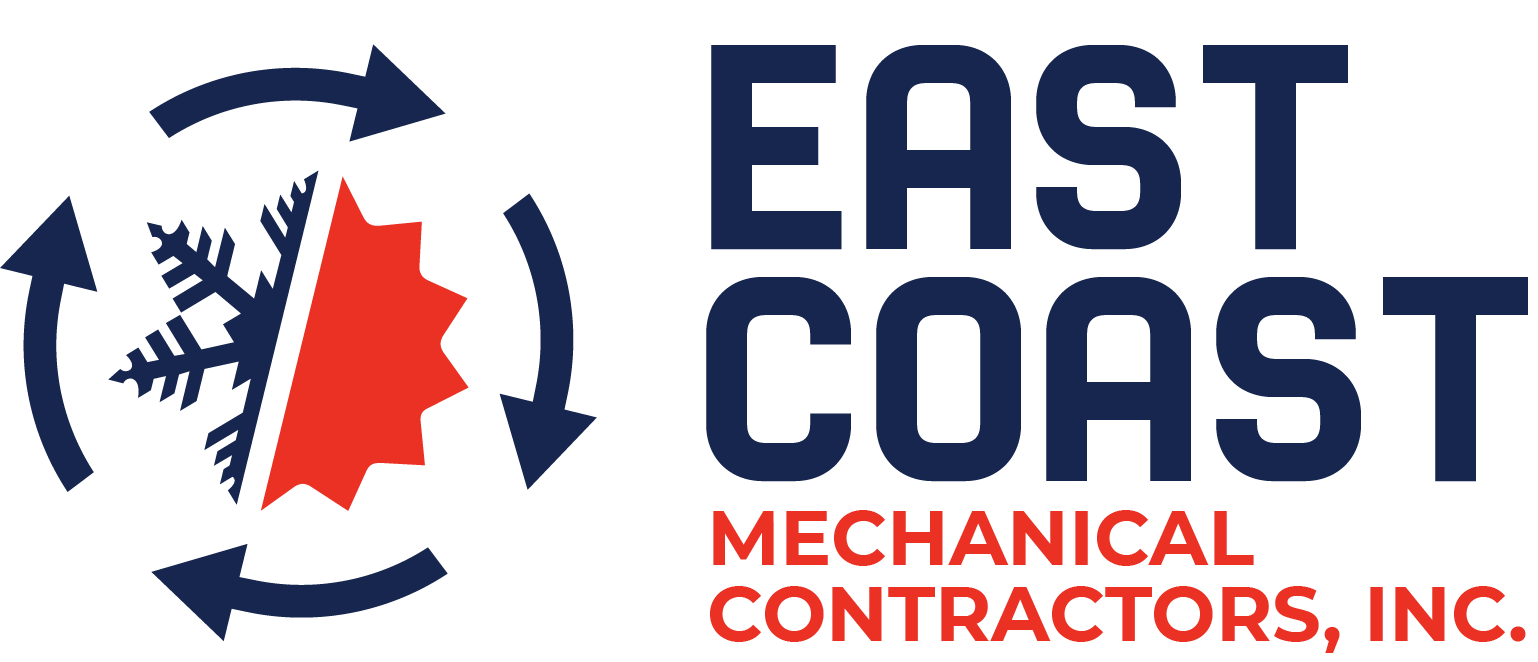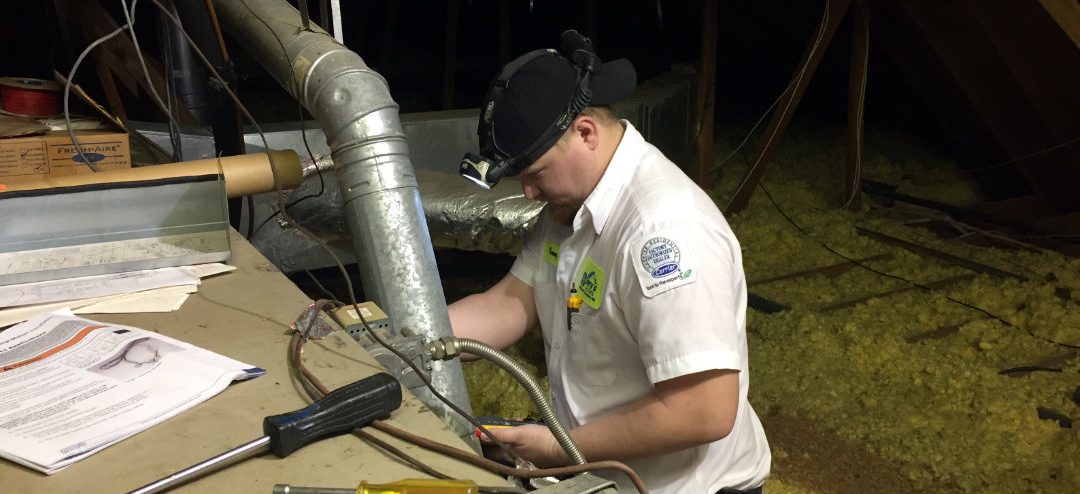The Warranty Disclosure Rule requires that your written warranty must be contained in a “single document.” Consumers need understandable warranties and Professional Mechanical Specialists to adhere to the requirements. A warranty must include “simple and readily understood language” with a clear description of the products or parts that are covered or excluded, a statement of what you’ll do in the event of a defect or malfunction, and “a step-by-step explanation of the procedure which the consumer should follow in order to obtain performance of any warranty obligation.” At East Coast Mechanical, we use factory authorized parts for replacement of in-warranty and out-of-warranty parts on the air conditioning equipment we sell and service. We also offer aftermarket replacement parts for all brands of equipment utilizing universal replacement parts whenever available to lower cost.
Warranty Law
First, a brief warranty refresher. Section 2302(c) of the Magnuson-Moss Warranty Act – the statute’s “anti-tying” prohibition – makes it illegal for a company to condition a warranty “on the consumer’s using, in connection with such product, any article or service which is identified by brand, trade, or corporate name.” In other words, companies can’t tell customers they will void a customer’s warranty or deny warranty coverage if the customer uses a part made by someone else or has someone other than the dealer repair the product. There are two narrow instances where that prohibition doesn’t apply: 1) if the company has received a waiver in advance from the FTC after proving that the product will work properly only if a specific branded part is used; or 2) if the warranty states that the company will provide the identified parts and services for free. And just to be clear, a manufacturer can’t avoid liability by providing free parts or services to repair or replace defective parts if its warranty conveys that customers must use a specific brand of parts or specific service providers in other situations. Put another way, if a company will replace certain parts for free – but will still void a consumer’s warranty for using another maker’s parts for other purposes – the company has violated the law.
HVAC system warranties
Most people don’t scrutinize their warranty on a purchase until something goes wrong. This guide will help you understand HVAC system warranties — what to look for, and what to expect if your system breaks while still under warranty. Due to the dynamics in the market, warranties for HVAC equipment are quite different from other large purchases you may have made in the past, such as a car or stove. We highly recommend you read this guide before repairing your system under warranty or buying a new HVAC system.
The main thing to know about warranties on your heating & air conditioning equipment is that the repairs they cover involve expenses for both parts and labor, which have different types of warranties associated with them. HVAC parts are generally under warranty for a number of years by the manufacturer that made them, and labor warranties, where available, are provided by HVAC service companies or third-party insurers associated with them.
MANUFACTURER PARTS WARRANTY
The current industry trend among manufacturers is to provide longer and longer parts warranty coverage. The warranty period has grown significantly over the last decade from 3-5 years in the 90’s to the 10+ year warranties generally provided today. The equipment isn’t significantly more reliable now– If anything, HVAC equipment is often made more cheaply now, so the likelihood that you may need to rely on your warranty has increased over time.
Unlike your automobile or your toaster, your HVAC system isn’t delivered to you in working condition. It must be properly sized, installed, started up and maintained. This means that a large part of the reliability of your HVAC system is out of the manufacturer’s hands. In addition, the diagnosis of a problem is most often made by service personnel, not manufacturer personnel.
COMMON HVAC MANUFACTURER WARRANTY EXCLUSIONS
Labor – Labor is almost never covered under a manufacturer warranty. Labor is a large component of the cost of most HVAC system repairs. Unless you purchase a separate labor warranty, or your dealer/installer provides an included labor warranty, you should expect to pay standard repair fees to repair and replace components that are covered under your manufacturer warranty.
Certain Parts – While you would expect that ALL parts would be included in a manufacturer’s warranty, you’ll need to pay attention to the details. Under some warranties, certain parts aren’t covered at all (ex., sheet-metal parts), while on other warranties, those parts will only be covered for a period of time rather than for the whole period. While we can’t provide a breakdown of every manufacturer’s warranty here, these are a few common areas to look out for:
Compressor – The compressor is one of the most expensive parts of your system. It is also a mechanical component and somewhat sensitive to the proper installation of your system as well as electrical power fluctuations. As such, the manufacturer takes an increased risk when providing extended compressor coverage. Look carefully at your warranty to see what the warranty coverage is for the compressor in your HVAC system.
Heat Exchanger – The heat exchanger is part of a furnace, and it is subject to extreme heat changes. It heats up to hundreds of degrees when the furnace is heating and cools rapidly when the furnace stops running. While it is not terribly complicated from a mechanical perspective, they do sometimes fail. Many manufacturers are extending their warranties on the heat exchangers these days, including in some cases a limited lifetime warranty. Look carefully at your warranty to verify your coverage.
Maintenance Items– Just as with the brakes on a car, there are components on an HVAC system that are expected to be replaced regularly as part of proper maintenance. Filters are of course in this category and should be changed regularly, but capacitors and contactors (electrical components used for the start/stop operations) are in a grey area because they are not expected to last for the full lifetime of your system. Read your warranty carefully to find out what items might be considered maintenance items and therefore excluded from your warranty.
Circumstances – A fairly standard exclusion for all warranties is in circumstances such as storms, fires, physical destruction, so-called “acts of god”, and electrical surges. Pretty much any circumstances other than the normal operating conditions for an HVAC system will be excluded from a manufacturer’s warranty. The good news is that these circumstances will often be instead covered under your homeowner’s insurance policy (though flood/water damage may not be unless you have specific coverage for that).
Ownership Changes – When you sell or buy a home with an existing HVAC system, the full warranty may not transfer. The warranty period is usually reduced and sometimes cancelled entirely when there is a change in ownership. If you are buying a house, request a copy of any warranties on the HVAC systems, and read them carefully, and if you sell your home be sure you do not inadvertently misrepresent the warranty coverage to your buyers.
WARRANTY REQUIREMENTS
Registration – After your installation is completed, your equipment needs to be registered with the manufacturer to qualify for full warranty coverage, which they normally term an “extended warranty”. In many cases your installer will do this for you as a convenience, but it is still your responsibility to make sure that it actually happens within the required period of time after the equipment is put into service (usually between 60 and 90 days). It is generally a good idea to make sure your equipment is properly registered to you with the correct contact information anyway, in case there are any safety recalls or other notices.
Proper Installation – The proper installation of your system is critical to its longevity. At a minimum, your system should be installed by a company with a license in good standing and with many excellent reviews. A better practice is to fully understand the process your installer will take when installing, starting up and maintaining your system and make sure it meets your expectations for quality and thoroughness. More information regarding quality installation, including our “checklist for quality HVAC installation,” is available in our East Coast Mechanical HVAC Replacement Center.
Regular Maintenance – Just as with your car, your expectation should not be that you will install your HVAC system and then let it toil away year after year without proper maintenance. While you may choose to do that anyway, your manufacturer has other ideas. Warranty paperwork usually requires that proper maintenance be performed at least once a year, or your warranty may become void. While in common practice they might not hold you to the requirement of being able to prove you have had regular maintenance performed, if you have an expensive failure within the first couple years that they consider to be unusual, there’s a good chance they’ll want to take a closer look at how it was installed and maintained.
INSTALLER’S INITIAL QUALITY LABOR WARRANTY
Not all installers offer a labor warranty, but it’s certainly something to look for if you can find it. Quality issues with the installation or the equipment will usually show up in the first heating and cooling seasons the system goes through. When you’ve just spent a large amount of money on a new HVAC system, you’re not going to want to spend any more money on repairs in the first year after installation. Ask your East coast Mechanical service/installation company what their warranty period is for these types of corrections and repairs, and make sure you are comfortable with it.
EXTENDED LABOR WARRANTY
It is common for service/installation companies to offer extended labor warranties on the products they sell. These are sometimes offered by 3rd parties and sometimes by the service company themselves. In any case, you want to know who the source of your extended warranty coverage will be.
If part of your up-front purchase is a multi-year extended labor warranty, you should ask if it will be third-party coverage from a regulated entity. That way, if something happens to your installation company such as a sale, retirement, or closing of the business for any other reason, you won’t risk losing your extended labor warranty. The third-party company would simply pay any warranty claim just like an insurance company.
If on the other hand your extended labor warranty will be tied to the renewal of an annual service agreement, you could rest easy that down the road if a situation came up where providing ongoing service to you was no longer possible, your company would have a financial incentive to transfer the rights and obligations to another company interested in providing good long-term service to customers.
GETTING A REPAIR COMPLETED UNDER WARRANTY
Ok, so you’ve determined that you have a valid warranty and now your system isn’t working properly– What should you do next? Once you have determined you definitely need a repair, you should proceed just as you need to have anything else fixed in your home. Find a reputable service company with great reviews by searching online, and/or asking people you trust for recommendations.
Contact us
If you have trouble with your blowers and fans, join hands with a licensed and insured contractor at East Coast Mechanical. Email: ecmcecmc@aol.com Address: 5133 W Hurley Pond Rd Suite A, Wall Township, NJ 07727 Hours: Monday to Friday 8 AM to 5 PM and Closed Saturday and Sunday.

